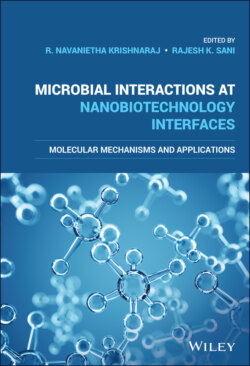Читать книгу Microbial Interactions at Nanobiotechnology Interfaces - Группа авторов - Страница 22
1.3.2.1 Carbon‐Based NMs
ОглавлениеThe NMs with carbon atoms as their backbone are called carbon‐based NMs. They can exist in different forms such as 0D (fullerenes), 1D (carbon nanotubes), 2D (graphene sheets), and 3D (diamond crystal and graphite). General methods to prepare these NM include chemical vapor deposition, arc discharge, and laser ablation. Carbon‐based NMs exist in different forms with multiple shapes such as hollow spheres, nanotubes, and ellipsoids (Jeevanandam et al., 2018). Fullerenes are carbon materials with spherical morphology where the carbon atoms are held by sp2 hybridization. A unique advantage of the fullerenes is their high symmetric property (Astefanei, Núñez, & Galceran, 2015). In general, fullerenes contains 28–980 carbon atoms where the diameter of single layer is up to 8.2 nm and for multilayered fullerenes it is about 4–36 nm (Ealias & Saravanakumar, 2017). Carbon nanotubes are 1D carbon NMs where carbon atoms are wound up to form hollow cylinders, which can also be described as an extension of fullerenes or buckyball. Carbon nanotubes can be single‐walled, double‐ or multi‐walled with thickness varying from 0.7 nm for single‐walled to 100 nm for multi‐walled CNTs. The length of CNTs generally varies from few micrometers to several millimeters (Ealias & Saravanakumar, 2017). CNTs have been exploited in various fields owing to their versatile properties such as elasticity, strength, rigidity, field emission, and electrical conductivity (Saeed & Khan, 2014, 2016). Graphene is one of the 2D carbon‐based materials formed by sp2 hybridized carbon atoms. It is a hexagonal network of carbon atoms with honeycomb atomic structure that is confined to a two‐dimensional planar surface. Graphene elucidates commendable physical, chemical, optical, and mechanical properties owing to their unique honeycomb atomic structure. These unique properties altogether make them remarkable materials that are extensively applied in the fields of electronics, optics, storage, thermal applications, photovoltaics, and composite materials (Goenka, Sant, & Sant, 2014; Pumera, 2010).
